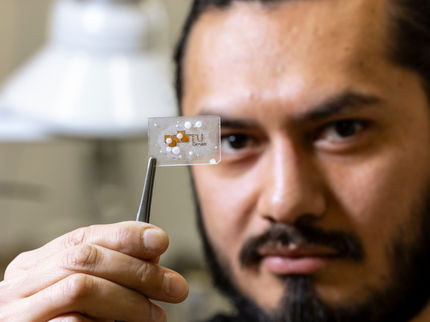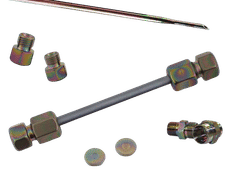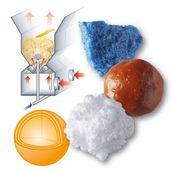New analytical method for detecting the mineral oil contents in foodstuffs resulting from recycled cardboard
The BfR organised and international symposium on the subject "Mineral Oils in Food Packaging - Developments and Solution Strategies"
Advertisement
On 22 and 23 September 2011, about 400 representatives from the worlds of science, business and society as well as politics and government institutions discussed how food packaging made of recycled paper could be made safer. Two years ago, mineral oil contents classified as dangerous to health were found in foodstuffs. These mineral oils resulted from cardboard packaging made of recycled fibre. At the event, various options were presented by the industry aimed at lowering the contamination of foodstuffs through mineral oils, notably technical solutions such as barriers in the form of plastic coatings and interior lining bags. Analytical methods were presented by means of which laboratories can determine the mineral oil contamination of foodstuffs. "This means that practical methods are now available that can be widely used and c an therefore make a contribution to the protection of consumers", commented BfR President Professor Dr. Dr. Andreas Hensel.
Contamination pathways for mineral oils into food packaging include print colours which predominantly enter the recycling circuit via newspapers and advertising brochures. The mineral oil mixtures evaporate and from the packaging pass into the foodstuffs. The health risk assessment of mineral oils found in foodstuffs is difficult, since no data exists on the toxicity of the detected substances once they have been absorbed from foodstuffs. The mineral oil concerned is a complex mixture of mineral oil saturated hydrocarbons (MOSH) and mineral oil aromatic hydrocarbons (MOAH), some of which can have carcinogenic and mutagenic properties.
Until now only one analytical method for detecting mineral oils in foodstuffs was available. This required a very special analysis technology and could not be applied by food inspection laboratories. The national reference laboratory for “substances intended for coming into contact with foodstuffs” of the BfR has now presented a new method during the symposium which takes into account the technical abilities of official food inspection facilities. This method was developed by the BfR in cooperation with the Laboratory of the Canton of Zurich. It is based on gas chromatographic analysis of the minerals following manual column chromatographic pre-separation. To assist interested laboratories in setting up the analysis procedure, a method development kit has been devised.
In order to stop contamination of foodstuffs through mineral oil mixtures from recycled packaging, technological solutions can be used that incorporate barrier coatings such as interior lining bags or coatings on the inside of packaging made of already used plastics. In the view of the BfR, these constitute a sustainable solution which, most importantly, allows short-term implementation. In addition, this approach enables exclusion of the possibility that other substances harmful to health make their way into foodstuffs from the recycled packaging. The presented experimental data on the different barrier solutions show that the contamination of foodstuffs through mineral oil mixtures has been dramatically reduced.
With the symposium, the BfR has created a forum through which participants were able to obtain information on the current state of information on the subject. Various representatives - for example from the print, paper and chemical industry as well as independent research institutes - suggested technological solutions for reducing mineral oil contamination of recycled paper fibre and to minimise mineral oil contamination of foodstuffs. Similarly, various representatives of interest groups made clear their position with regard to the various solution approaches.




























































